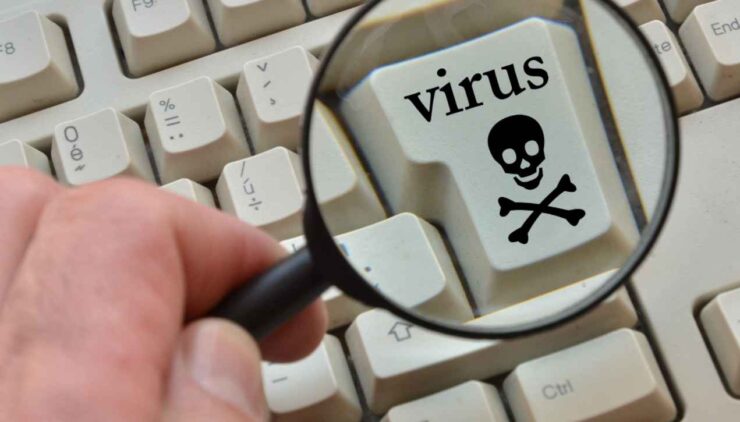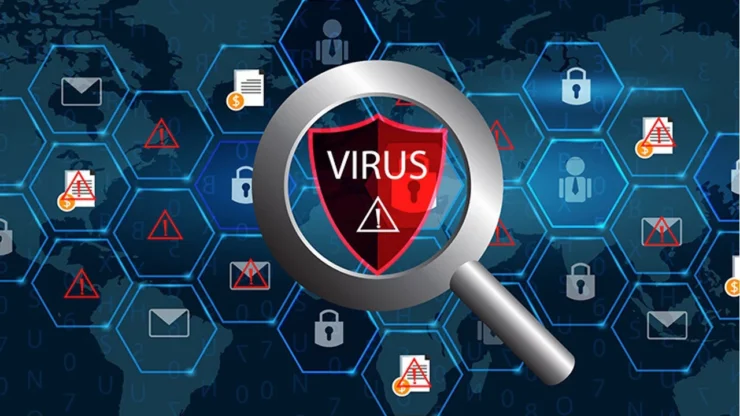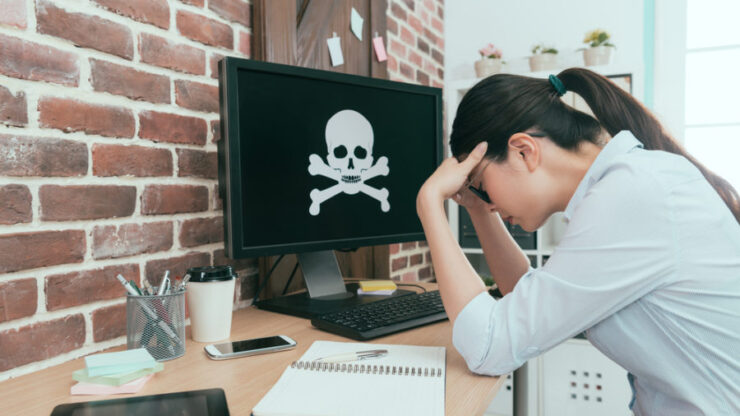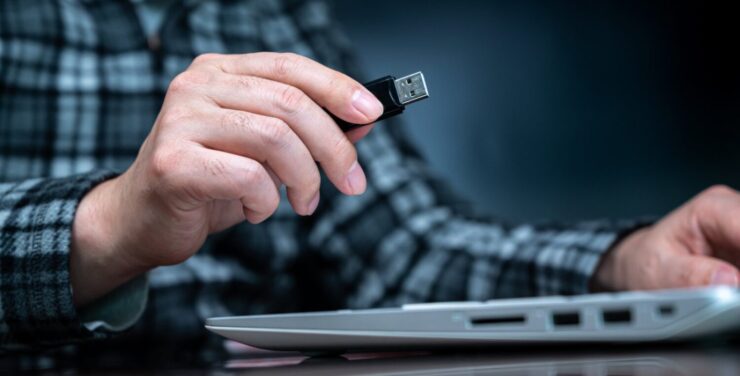You’ve all heard of the computer virus. It is malware that interferes with the operation of the computer and endangers the security of your data. This means that it can damage data from the computer, delete it, use e-mail, different programs, etc. They are mostly transmitted via attachments to email or other types of messages. They are so named because they have the ability to copy themselves to multiple locations on the Hard Drive similar to viruses in our body.
The best protection against computer viruses is to behave responsibly on the Internet. Just do not visit compromised websites and have enough knowledge about the computer system. In that case, you should know how to prevent computer viruses from appearing on your computer. Program viruses are very destructive and quite difficult to detect. They automatically change the contents of program files when they are attached to them. If this has happened to you and you think your files are gone forever, don’t worry. We are sure that we can help you get them back, or at least some part of files and you will find all the necessary information in the text.
Virus cycle stages

A computer virus goes through the following several stages during its cycle, again similar like virus and hence the name. The first phase is sleep and during it the virus is not active. However, it can get out of this phase and the event is enough to activate it. For example, these are date, other program, file, etc. We must note that not all viruses will go through this phase. The next phase is propagation, where the virus is cloned. There are many files on your computer that can be infected by a virus. These are system files, script hosts, macro environments, boot sectors.
In addition, viruses can infect applications within the operating system. A number of applications have built-in macro scripts that automatically perform certain sequences when working in the program, and often these scripts can be infected with a virus (macro viruses). Triggering is the next phase in which the virus is activated and it starts the function that is intended for it. Finally, we have an execution phase in which the virus performs a certain destructive operation.
Virus protection
Preventive steps you can take are the best way to protect yourself from computer viruses, because it is much easier to take some steps in advance than when a virus appears on your computer to then try to remove it. Activating a firewall, checking for suspicious emails or not opening them at all, running antimalware applications, blocking ads while you surf the Internet, and regularly updating your Windows operating system are just some of the ways to protect yourself.
Do not open emails from unknown senders or attachments that go with those messages. Viruses can be easily transmitted by suspicious emails. If you receive such a message and open it or the plugin that comes with it, the virus will infect your computer. The most efficient way is to ignore and delete such messages when they arrive in your inbox. It is also necessary to always have antimalware software activated.
Remember that there are a lot of threats to your computer, which means you need to have software that will effectively protect you from them. This will prevent any potential virus action from trying to enter your system. You should not search the Internet if this software is not active, as you will be exposed to dangers. However, software is not enough. It is also necessary to block all ads that pop up. Some of them are very insecure and contain malware. It is enough to install blockers of such advertisements. Clear your browser’s browsing history and cache from time to time, as this information can be sensitive.
Antivirus programs

Antivirus software can help you get rid of malware. It will scan your computer in detail and compare the contents of the library with your data. It will be able to identify the location of a certain type of virus. If it detects a virus, the software will notify you and remove it. Even if he discovers an unusual behavior, he will work hard to analyze this suspicious behavior and look for its cause.
How do I recover data?
The biggest problem with files is that they only disappear when a virus attacks your computer, and then it’s too late. This means that users will lose their files without warning, but there is a way to recover them. So, the first thing you will have to do is get rid of the virus. Now that you know how to do this, look for the right file recovery program. Such software is highly effective and you should definitely check this to find out more about its exact features. However, it often happens that people cannot see the files even though they are in place. This is because the virus changes its formats and status. When you are shown hidden information, change the attributes so that all files are visible.
It is important to take into account a few additional things in order to achieve better results. This will prevent the accident from recurring. For example, don’t take contributions from others you don’t trust. It is equally bad to download content from suspicious sites, because they are the richest sources of Trojan viruses. Scan each removable disk you connect to your computer before using it. Don’t forget to install a quality antivirus and antimalware program. There are a variety of lost file recovery software to help you fix this problem forever.

Conclusion
Malicious programs are responsible for a lot of data loss stories. Unfortunately, this happens every day and users can never protect themselves enough from them. This does not mean that you should not take all precautions and learn how to remove the virus if it infects your computer system. As long as you know how to recover your virus-infected files, you have a good chance of reversing this terrible situation and saving valuable information.

